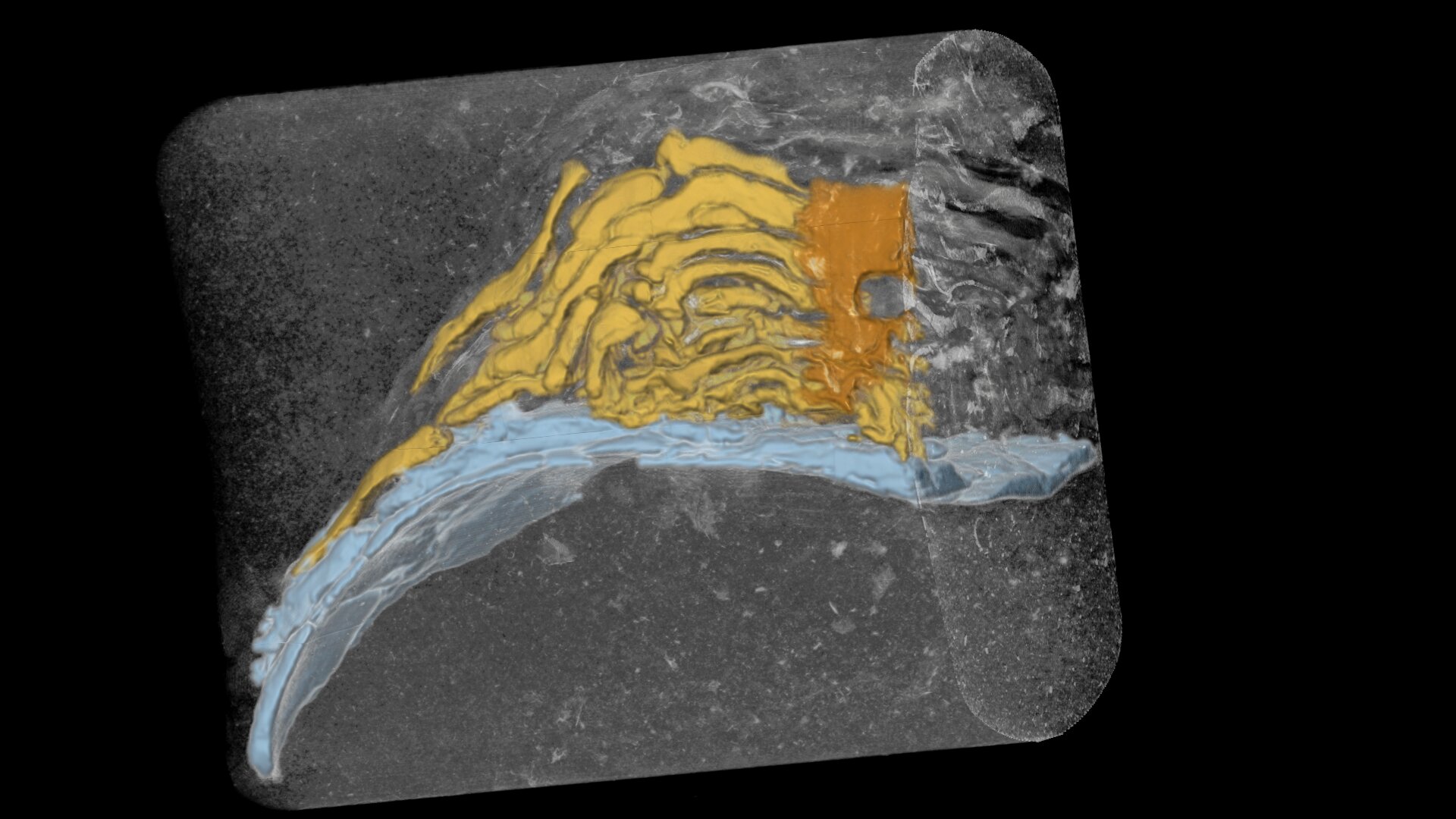The unique underwater kelp forests that line the Pacific Coast support a varied ecosystem that was thought to have evolved along with the kelp over the past 14 million years.
The much greater age of these coastal kelp forests, which today are a rich ecosystem supporting otters, sea lions, seals, and many birds, fish and crustaceans, means that they likely were a main source of food for an ancient, now-extinct mammal called a desmostylian. The hippopotamus-sized grazer is thought to be related to today’s sea cows, manatees and their terrestrial relatives, the elephants.
“People initially said, ‘We don’t think the kelps were there before 14 million years ago because the organisms associated with the modern kelp forest were not there yet,'” said paleobotanist Cindy Looy, professor of integrative biology at the University of California, Berkeley.
“Now, we show the kelps were there, it’s just that all the organisms that you expect to be associated with them were not. Which is not that strange, because you first need the foundation for the whole system before everything else can show up.”
Evidence for the greater antiquity of kelp forests, reported in the journal Proceedings of the National Academy of Sciences, comes from newly discovered fossils of the kelp’s holdfast—the root-like part of the kelp that anchors it to rocks or rock-bound organisms on the seafloor. The stipe, or stem, attaches to the holdfast and supports the blades, which typically float in the water, thanks to air bladders.
2024-01-16 01:41:03
Link from phys.org rnrn
